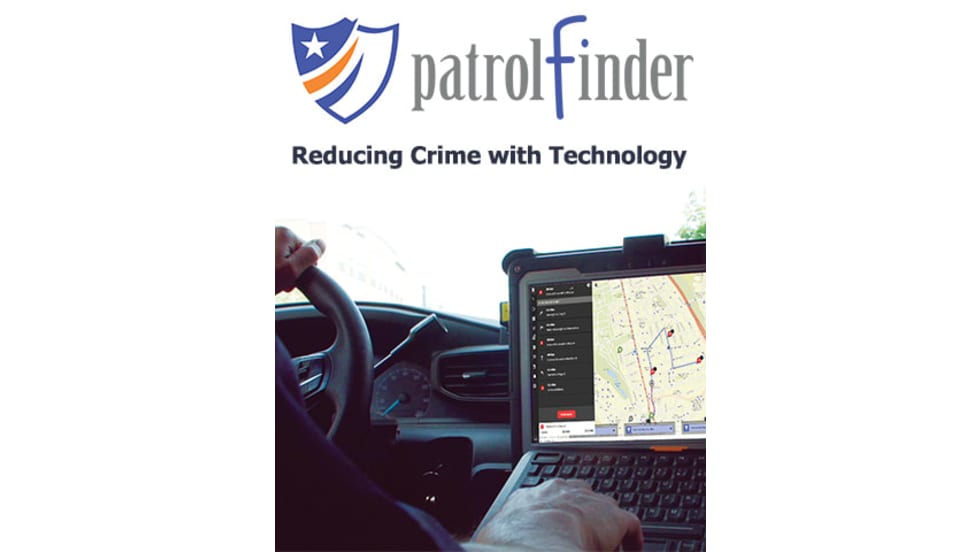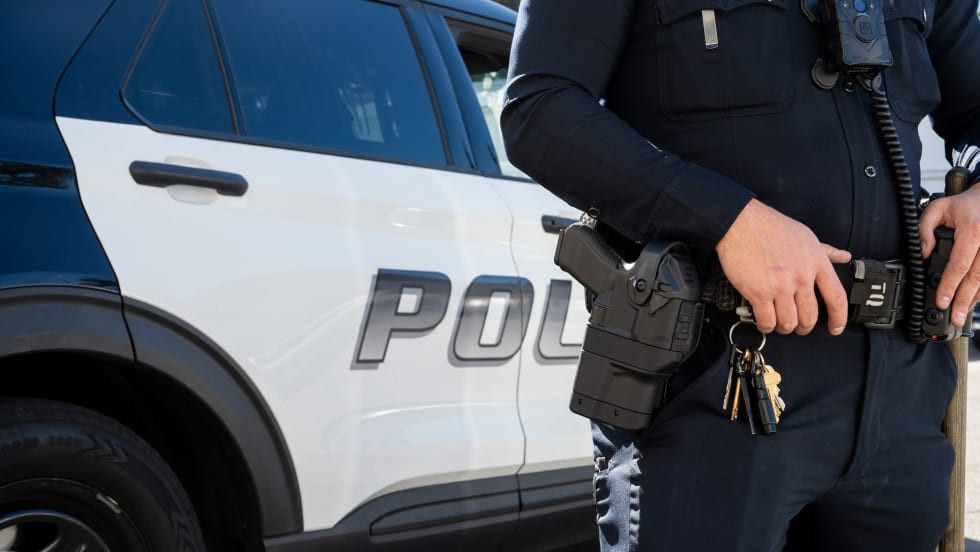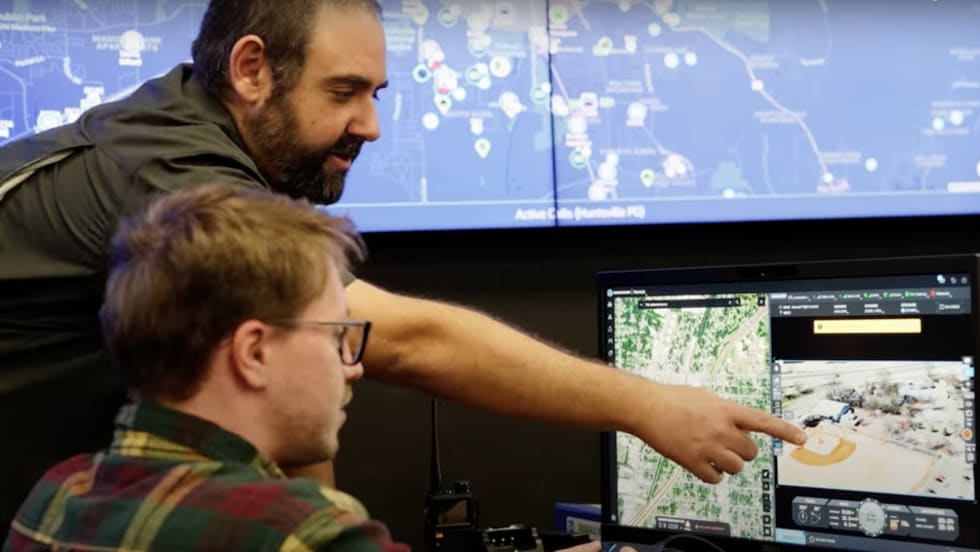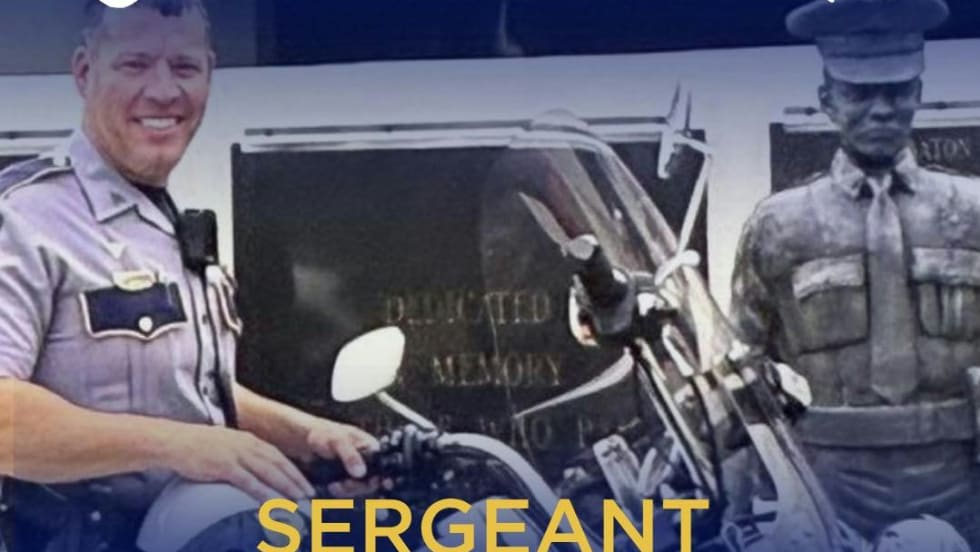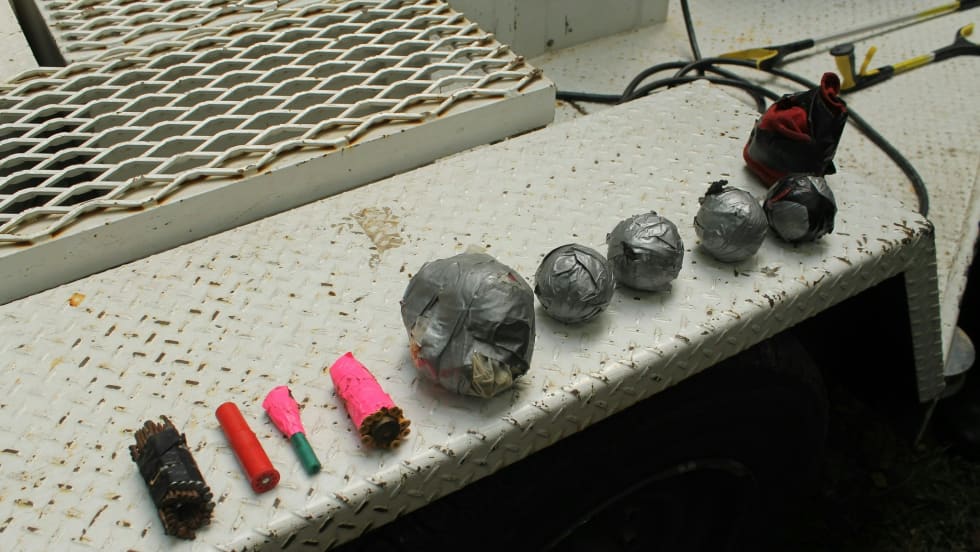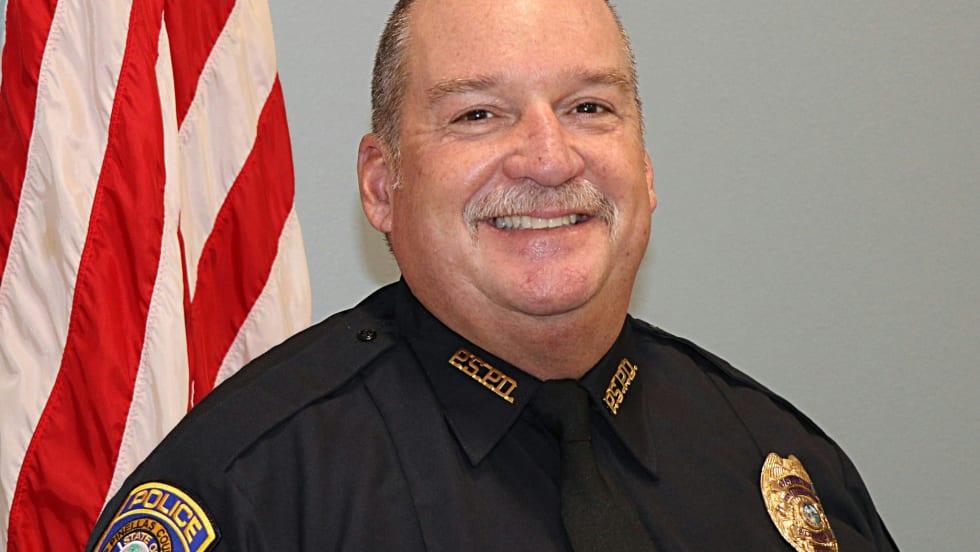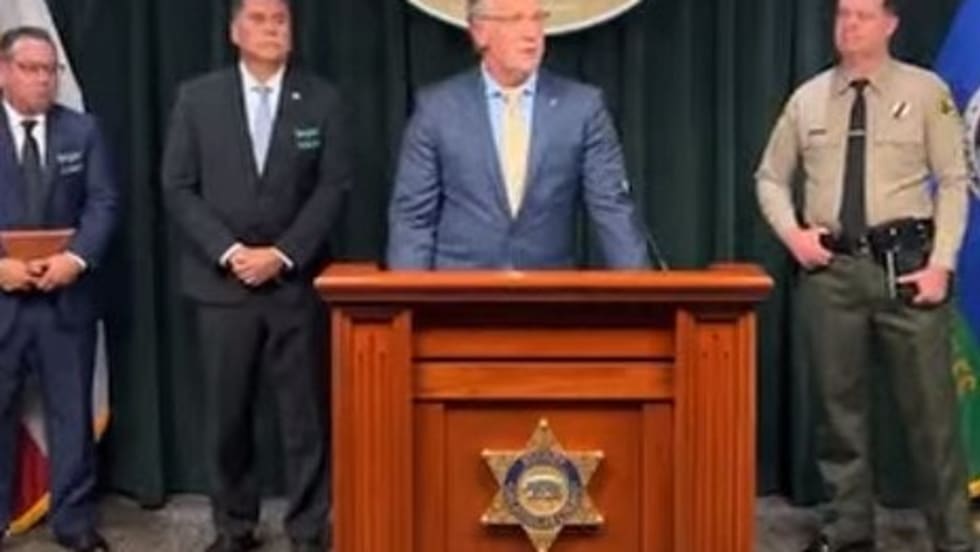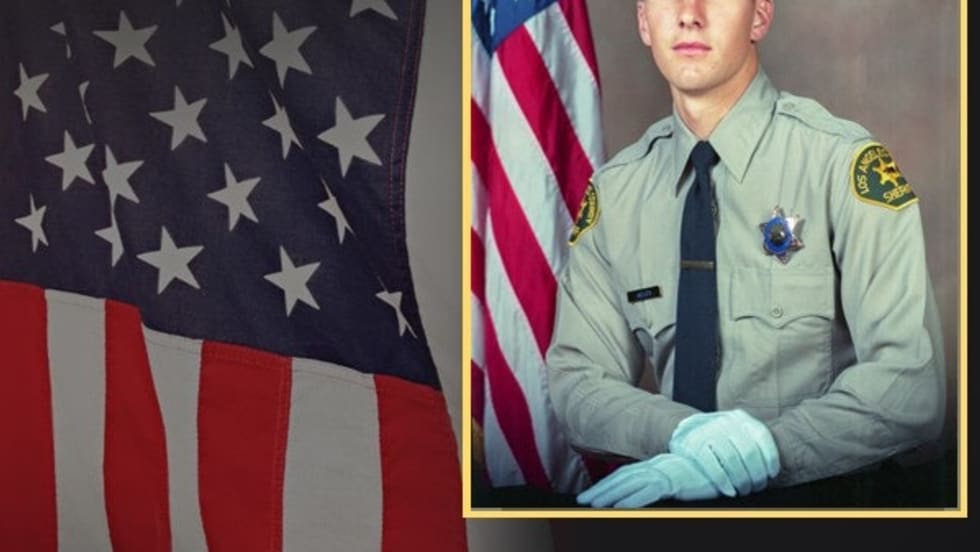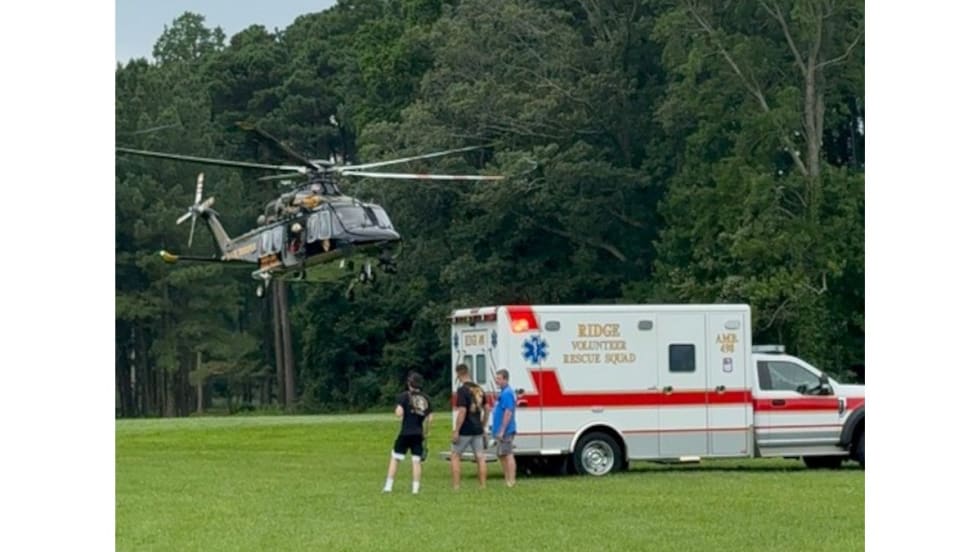The U.S. Department of Justice, Bureau of Justice Assistance in May 1998, released "A Practical Guide to Addressing Community Gang Problems." In that publication, it concludes: "No universal strategy works to address all gang problems. The complexity of today's gangs suggests the need for a comprehensive, multifaceted effort that targets the reasons youth join gangs. Such an effort may involve three programmatic approaches: develop strategies to discourage gang membership; provide avenues for youth to drop out of gangs; and empower communities to solve problems associated with gangs through collaboration with law enforcement, parents, schools, youths, businesses, religious and social service organizations, local government officials, and other community groups in a comprehensive, systematic approach."
The study adds, "The diversity in gang types and in causes of gang formation and membership involves a broad range of social, political, family, educational, health, and other community factors. Such diversity suggests that prevention, intervention, and suppression activities should be designed to accommodate individual communities' unique characteristics, needs, gang populations, and specific gang-related harm. No universal strategy works to address all gang problems."
A Region Responds
In Nassau County, N.Y., like most jurisdictions across the country, the gang problem began slowly and many elected officials were reluctant to even admit to the presence of gangs. After numerous incidents, the Nassau County Police Department, in 1994, assigned a detective to monitor and gather gang intelligence. Then, in May 1998, as it became more apparent that a gang presence had taken hold in the area, an assistant chief was appointed by the county executive to lead what was described as a "gang intervention partnership."
The police department also assigned detectives to become part of a special group that gathered intelligence on gangs. Information then began to be exchanged within the department, but not on a formal, regulated basis. The intelligence gathered continued to show an increase in the number of gangs and violent activities, a trend that is not unusual in an area once gangs take hold.


